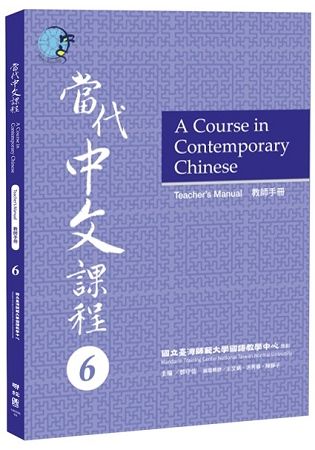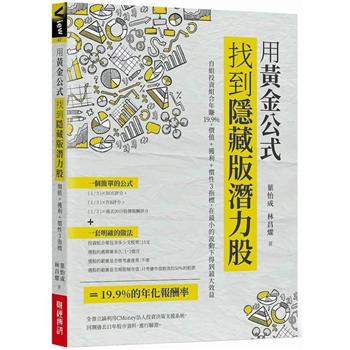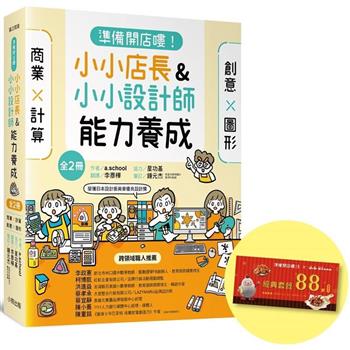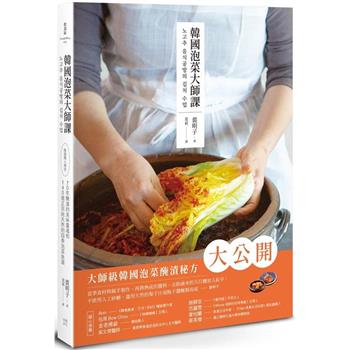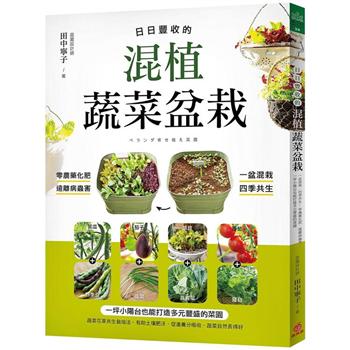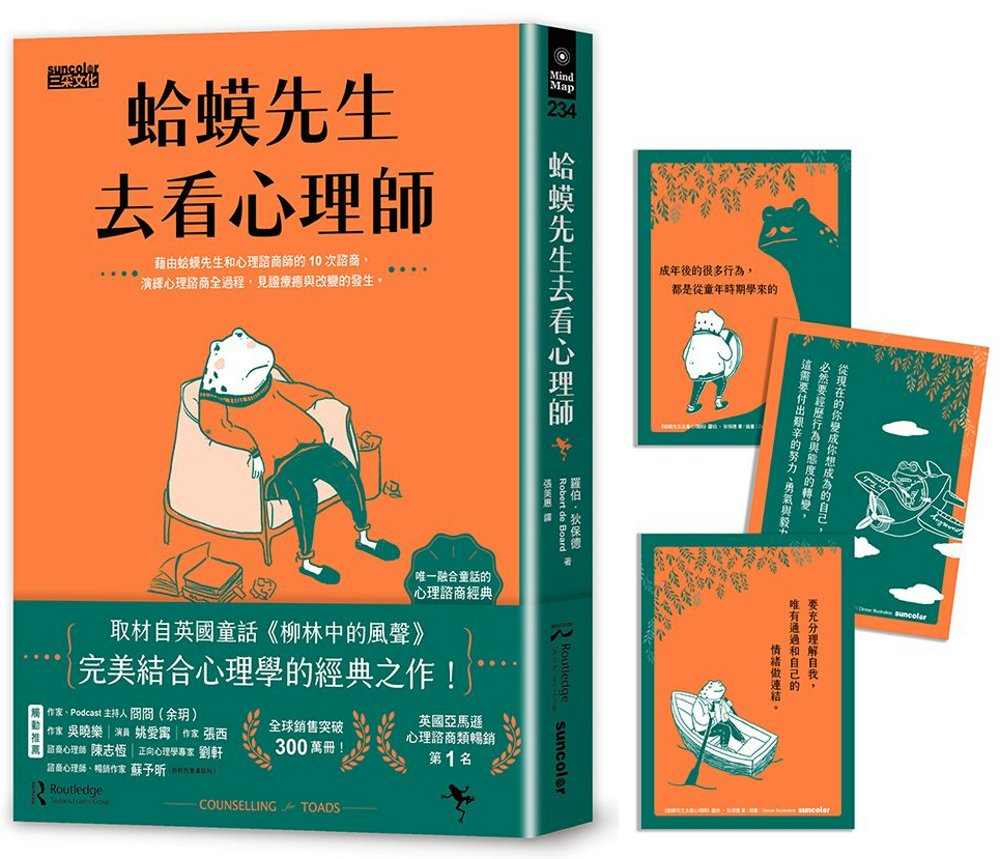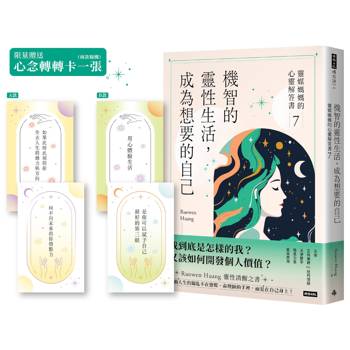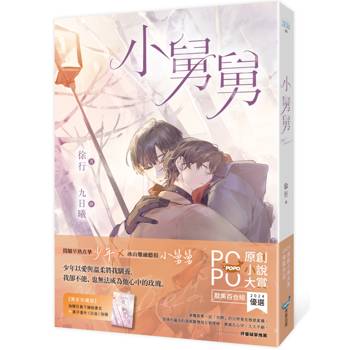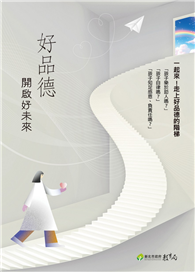華語教學最權威—國立臺灣師範大學國語教學中心 編寫開發
最符合當代華語學習趨勢的教學用書
讓中文課程走出新的未來、新的視野
最符合當代華語學習趨勢的教學用書
讓中文課程走出新的未來、新的視野
系列規劃
全系列教材共六冊,為全方位訓練學生華語能力的教材。前三冊以口語訓練為主,後三冊開始進入書面語訓練。
第一冊著重在實際日常生活對話運用,第二冊開始輔以短文閱讀,第三冊則從長篇對話進入書面語及篇章的訓練,第四冊以篇章方式對書面語做更進一步的加強訓練,培養學生具備閱讀真實語料的語言實力。第五、六冊則涵蓋社會、科技、經濟、政治、文化、環境等多元議題探討,擴展學生對不同領域的語言運用。
各冊教材分別包含課本、作業本、教師手冊及漢字練習簿(第一、二冊)。
程度規劃
本系列教材適合來台學習華語學生,並適用於海外高中或大學學習華語的學生。一~六冊的程度規劃相當於 CEFR 的 A1-C1 等級或 ACTFL 的 Novice-Superior 等級。
特色
符合現代教學潮流,結合溝通式教學和任務導向學習,培養學生使用華語的能力。
每課開始的學習目標和課末的學習自評表,幫助學習者了解自己是否達成學習目標。
課文緊貼日常生活真實情況,使學生在自然的語境下學習華語。
採用新思維漢語教學詞類架構及語法說明,有效防堵學習者偏誤產生。
語法說明包括語法功能、結構、語用、練習四個部分,輔助學習者正確地使用語言。
課室活動提供明確的學習目標、活動或任務,透過有趣的活動練習鞏固學習。
「文化」單元輔以真實的照片,使學習者能深入瞭解臺灣當地社會文化。
提供線上輔助工具,協助教師課堂教學輔助及學習者之課後練習。
Introduction
This six-volume series is a comprehensive learning material that focuses on spoken language in the first three volumes and written language in the latter three volumes. Volume One aims to strengthen daily conversation and applications; Volume Two contains short essays as supplementary readings; Volume Three introduces beginning-level written language and discourse, in addition to extended dialogues. Volume Four uses discourse to solidify the learner’s written language and ability in reading authentic materials; Volumes Five and Six are arranged in topics such as society, technology, economics, politics, culture, and environment to help the learner expand their language utilisations in different domains.
Each volume includes a textbook, a student workbook, and a teacher’s manual. In addition, Volume One and Two include a practice book for characters.
Level of Students
A Course in Contemporary Chinese 《當代中文課程》 is suitable for learners of Chinese in Taiwan, as well as for high school or college level Chinese language courses overseas. Volumes One to Six cover levels A1 to C1 in the CEFR, or Novice to Superior levels in ACTFL Guidelines
Overview
The series adopts communicative language teaching and task-based learning to boost the learner’s Chinese ability.
Each lesson has learning objectives and self-evaluation to give the learner a clear record of tasks completed.
Lessons are authentic daily situations to help the learner learn in natural contexts.
Lexical items and syntactic structures are presented and explained in functional, not structural, perspectives.
Syntactic, i.e. grammatical, explanation includes functions, structures, pragmatics, and drills to guide the learner to proper usage.
Classroom activities have specific learning objectives, activities, or tasks to help fortify learning while having fun.
The “Bits of Chinese Culture” section of the lesson has authentic photographs to give the learner a deeper look at local Taiwanese culture.
Online access provides supplementary materials for teachers & students.
